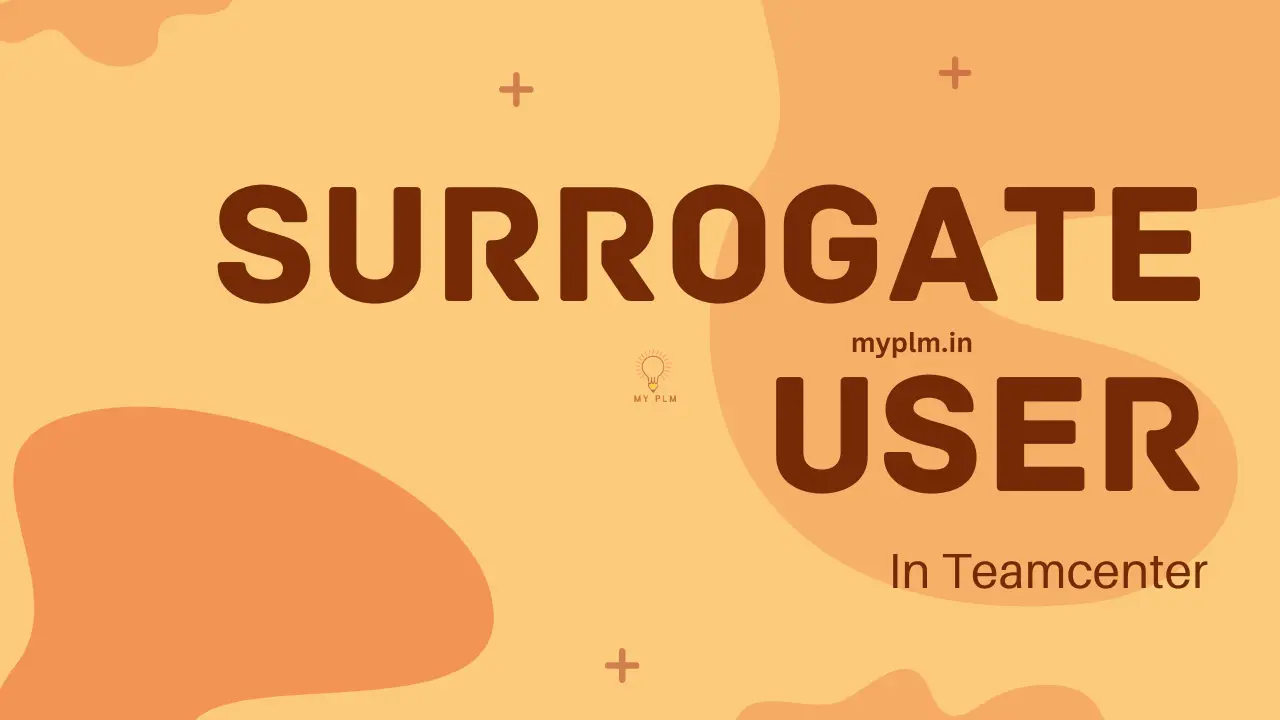In today’s dynamic business landscape, efficient data management systems are essential for organizations to streamline their operations. For enterprises dealing with product lifecycle management (PLM), Teamcenter stands out as a powerful tool, offering a comprehensive solution for managing product data throughout its lifecycle. Within Teamcenter, one crucial concept that plays a significant role in user access and permissions is that of surrogate users.
Defining Surrogate Users
Surrogate users, in the context of Teamcenter, refer to users who are authorized to perform actions on behalf of another user. This concept becomes particularly relevant in scenarios where certain users are unavailable or when specific tasks require permissions beyond the scope of a regular user’s access rights.
Roles and Responsibilities
Surrogate users are typically designated by administrators or individuals with appropriate permissions within the Teamcenter system. Their roles and responsibilities may vary depending on the organization’s requirements, but commonly include:
1 Performing Actions on Behalf of Others
Surrogate users are empowered to carry out actions within Teamcenter as if they were the original users. This capability proves invaluable in situations where the designated user is absent or unable to perform a necessary task.
2 Accessing Restricted Information
In some cases, certain data or functionalities within Teamcenter may be restricted to specific users or user groups. Surrogate users may be granted temporary access to such information or capabilities to fulfill their designated tasks.
3 Maintaining Workflow Continuity
Surrogate users help ensure the continuity of workflows and processes within Teamcenter by stepping in when required. This ensures that critical tasks are not delayed due to the unavailability of key personnel.
4 Facilitating Collaboration
By enabling surrogate user functionality, organizations promote collaboration and teamwork, allowing tasks to be seamlessly delegated and executed across different departments or teams.
Implementation and Best Practices
When implementing surrogate user functionality in Teamcenter, organizations should adhere to certain best practices to ensure optimal performance and security:
1 Clear Identification and Authorization
Surrogate users should be clearly identified within the system, and their access rights should be carefully managed and authorized by administrators. This serves as a crucial safeguard against the improper handling or unauthorized entry into valuable information.
2 Training and Documentation
Proper training and documentation should be provided to both surrogate users and administrators to ensure they understand their roles, responsibilities, and the proper procedures for invoking surrogate user functionality.
3 Regular Review and Auditing
Administrators should regularly review and audit the use of surrogate users to ensure compliance with organizational policies and regulatory requirements. This helps identify any potential misuse or security vulnerabilities.
4 Limiting Scope and Duration
Surrogate user access should be limited to specific tasks or durations as necessary, with appropriate controls in place to revoke access once the designated task is completed.
Conclusion
In conclusion, surrogate users play a vital role in enhancing the flexibility, efficiency, and collaboration capabilities of Teamcenter users. By enabling designated individuals to perform actions on behalf of others, organizations can ensure smooth workflow continuity and optimize their product lifecycle management processes. However, it is essential to implement proper controls and best practices to safeguard data integrity and security while leveraging surrogate user functionality effectively.
Read More Articles
Exploring the Power of Tiles in Teamcenter’s Active Workspace Client
Understanding the Contrast: Volume vs. Database in TC
Exploring TC: The Central Hub for Product Lifecycle Management
Understanding Item Revision in TC: A Comprehensive Guide
Unlocking Efficiency and Precision: Understanding Workflow Designer in TC
Understanding PLM (Product Lifecycle Management): A Comprehensive Guide
Demystifying BMIDE in TC: Empowering Effective PLM Solutions
Understanding Organizations in TC: Building Efficient Work Structures
Demystifying Datasets in TC: A Comprehensive Guide
A Step-by-Step Guide to Installing TC Software
Revealed Pseudofolders in Siemens TC: Simplifying Data Management for Engineers
Unlocking TC’s Potential: A Guide to Creating Custom Properties
